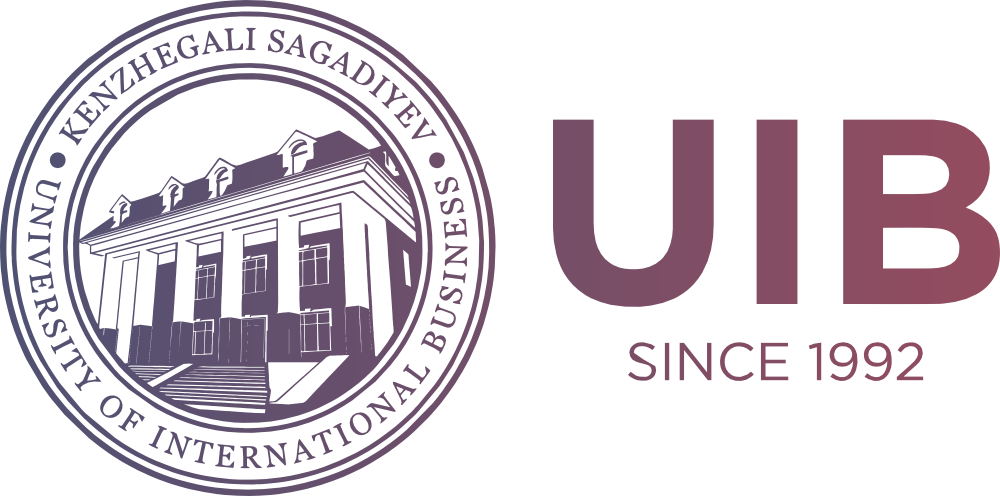Development of Measures to Amend the Labour Protection Regulations of the Chemical and Petrochemical Industry of Kazakhstan
DOI:
https://doi.org/10.47703/ejebs.v1i63.78Keywords:
chemical and petrochemical industry, occupational risk assessment, harmful factors, chemicals, laboratories, diseasesAbstract
The chemicals and petrochemicals industry is currently one of the world's leading international economies. But at the same time it also remains an industry where harmful, difficult and hazardous working conditions for workers are present. All occupational safety and health protection measures must be aimed at achieving the main objective of reducing the level of occupational diseases on the basis of, first and foremost, preventive work on risk factors. Professional activity at chemical and petrochemical enterprises reveals the necessity to develop a clear algorithm of occupational risk analysis, which has a common basis with assessment of other technical risks. The chemical and petrochemical industry is an industry with a large number of risks: risk of fire, risk of explosion, risk of leakage of harmful chemicals, risk of evaporation of harmful chemicals. All these risks entail risks of getting sick: respiratory tract cancer, etc. and the resulting disability or disablement.
This article examines some methods of occupational risk assessment in the chemical and petrochemical industry. Analysis of methodologies such as the ranking of occupational hazards, the Kwij Al-Dalemi occupational risk assessment, as well as the French experience of the Laboratory Laboratory Network-Prevention Network-National Surveillance for Occupational Diseases (Research National de Vigilance et de Prevention des Pathologies Professionneles, RNV3P) and the US experience of LHAT-Laboratory for Hazardous Substances Assessment in Iowa State in the USA. The article details the methodology for ranking occupational hazards in chemical plants and shows the ranking of occupational hazards by priority and their short- and long-term exposure.
Downloads
How to Cite
Downloads
Published
Issue
Section
License

This work is licensed under a Creative Commons Attribution 4.0 International License.
Authors retain copyright and grant the journal right of first publication with the work simultaneously licensed under a Creative Commons Attribution (CC-BY) 4.0 License that allows others to share the work with an acknowledgment of the work’s authorship and initial publication in this journal.


